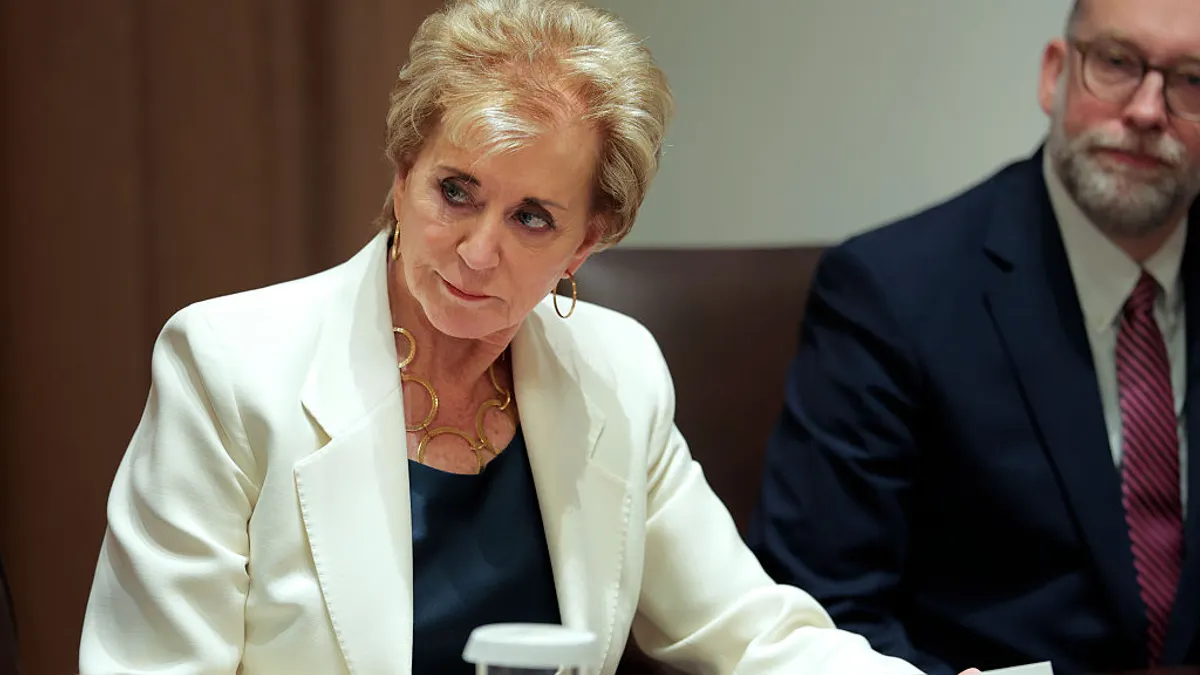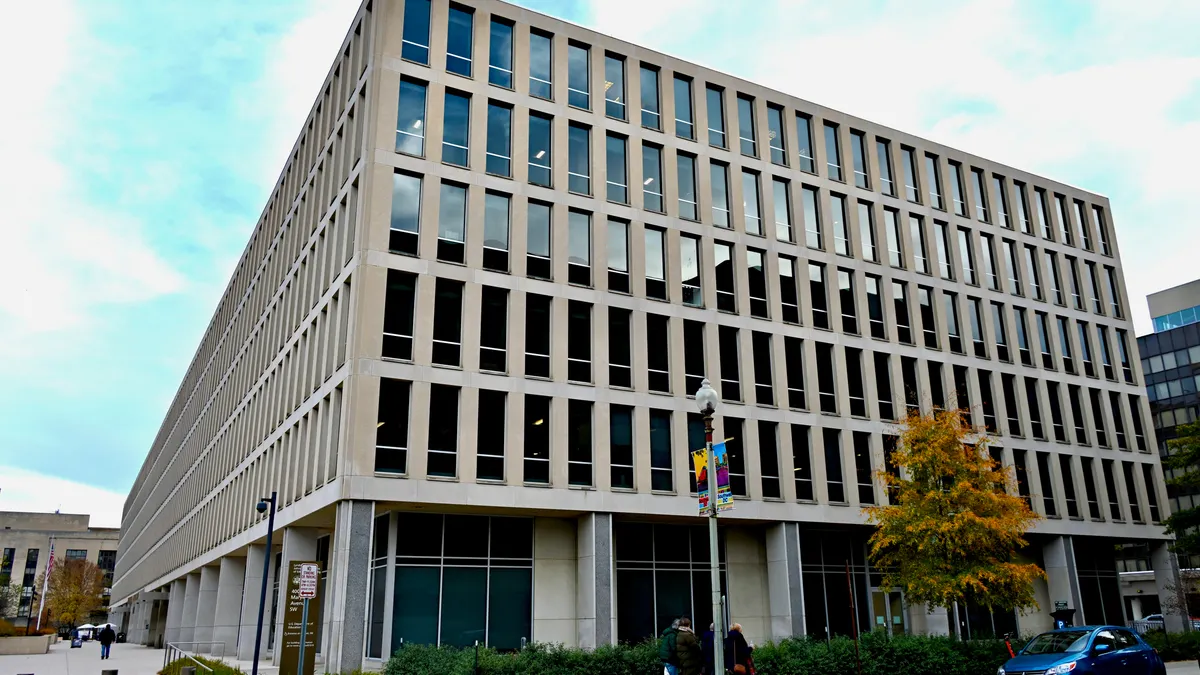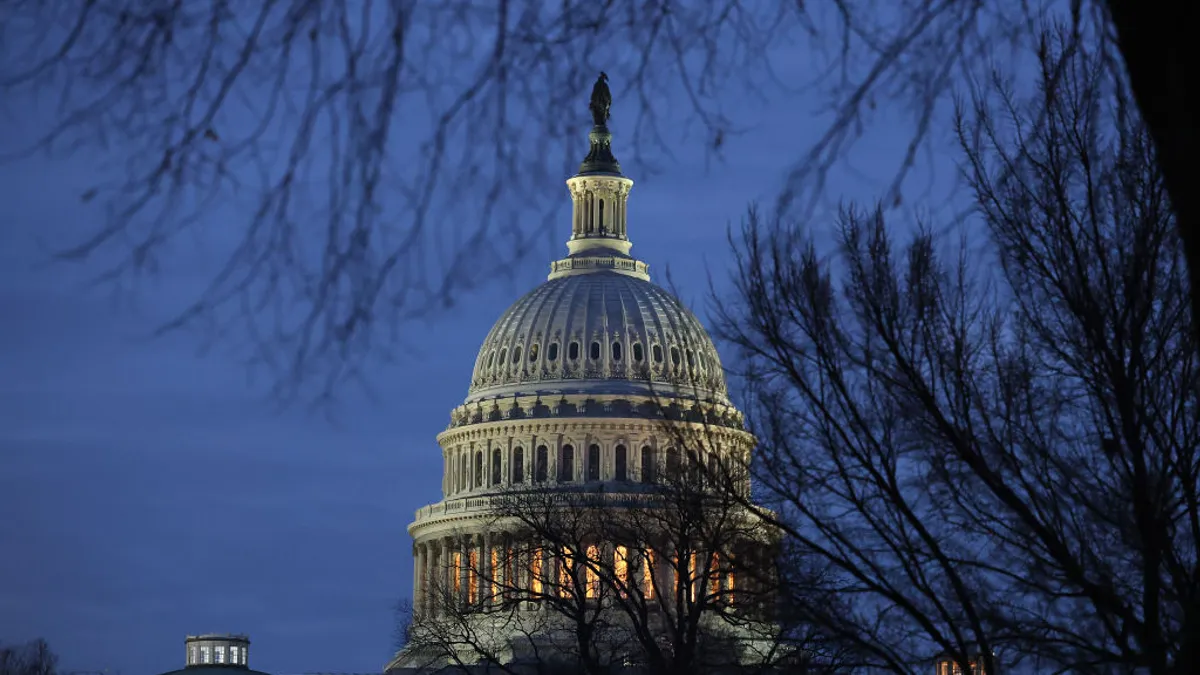Early childhood education advocates predict devastating impacts on young children from a series of federal staff reductions and proposed budget cuts to programs supporting low-income families.
Mass layoffs in the U.S. Department of Health and Human Services on April 1 led to the shuttering of five Office of Head Start regional offices: Boston, New York, Chicago, San Francisco and Seattle. The closed offices will be consolidated into the five remaining offices.
The regional offices provide federal policy direction, training and technical assistance to Head Start providers.
"This restructuring will not impact the critical services you rely on, and we are here to ensure a seamless experience as we move forward together," wrote Laurie Todd-Smith, HHS deputy assistant secretary for early childhood development, in an April 3 announcement to Head Start grant recipients.
The move is part of a broader restructuring in HHS that is to save $1.8 billion, according to an agency press release on March 27.
The National Head Start Association, a nonprofit that represents children, families and educators, has urged the Trump administration to reconsider the office closures until a plan can be created and disseminated. "Closing these regional Head Start offices could create delays in essential program support and weaken the system that has successfully served millions of children for decades," said NHSA in an April 1 statement.
The Trump administration says spending cuts at HHS and across the federal government are needed to reduce the country's deficit and eliminate fiscal bloat and waste in federal agencies.
The Head Start move comes just a few months after HHS agreed to improve monitoring and reporting activities based on a U.S. Government Accountability Office report. The report found a small portion of Head Start programs that were operating under interim management in recent years had faced challenges from low student enrollment, unqualified staff and unsafe facilities.
Head Start, which celebrates its 60th anniversary this year, is a federally funded early childhood and pre-K program that serves infants, toddlers and preschool children from families with low incomes. It also provides prenatal services through Early Head Start.
In fiscal year 2023, the program was funded at $11.5 billion to serve 778,420 children and pregnant people in centers and through home-based programs, according to the Office of Head Start.
Closure of the regional offices could put young children at risk of abuse and other safety threats, early childhood advocates said during a Thursday press call hosted by The Child Care for Every Family Network.
"You can't say you're a champ of kids and then put kids at risk for abuse by gutting the very agency responsible for protecting America's most vulnerable kids," said Sen. Ron Wyden, D-Ore., during the press call.
The Head Start system was already in a precarious position earlier this year when the Trump administration froze federal funding in many agencies, asking that agency leaders assess how their fiscal programs conflict with President Donald Trump's executive orders.
Even though the funding freeze was lifted just days later, NHSA said that even more than a week later, 52 Head Start grant recipients serving just under 20,000 children and families in 22 states, D.C. and Puerto Rico were still unable to access their already approved grant funding.
Stability of the child care system
Advocates are also concerned about stability of the broader child care and early childhood education infrastructure.
The Republican-led Congress is considering budget cuts that could significantly reduce programs that low-income families rely on, including Temporary Assistance for Needy Families and Social Services Block Grant.
Rep. Danny Davis, D-Ill, who was also on the press call, said all TANF and SSBG staff at HHS were laid off this week. "The mass layoffs for child care and Head Start programs are threatening the safety and care of children," Davis said.
A recent report by the Center for Law and Social Policy found 40,000 children nationwide could lose access to child care if TANF and SSGB funding is cut. Children in California, Massachusetts and North Carolina would be hardest hit, according to the research.
The April 1 firings at HHS included all the staff in the Low Income Home Energy Assistance Program, a federally-funded initiative which helps vulnerable families afford their electricity and gas bills.
On Thursday, Wyden and Sen. Elizabeth Warren, D-Mass., introduced The Building Child Care for a Better Future Act, which proposes new, permanent funding of $20 billion per year for Child Care Entitlement to States allocations.
According to a statement about the legislation, individual child care costs range from $5,357 to $17,171 per year depending on location and type of care. The cost of center-based care for two children exceeds the average mortgage in 45 states and more than the average annual rent in all 50 states and the District of Columbia.
Nationally, 56% of early childhood educators surveyed said at least one child care center in their community closed over the past year, while 40% said centers opened, according to polling of nearly 10,000 workers by the National Association for the Education of Young Children. The survey data includes national and state-level responses.
Federal fiscal and workforce cuts "will ultimately mean child care will become less safe for children, more expensive for families, and even harder to find across all 50 states," said Ruth Friedman, a senior fellow at The Century Foundation and director of the Office of Child Care at HHS under President Joe Biden.








 Dive Awards
Dive Awards














